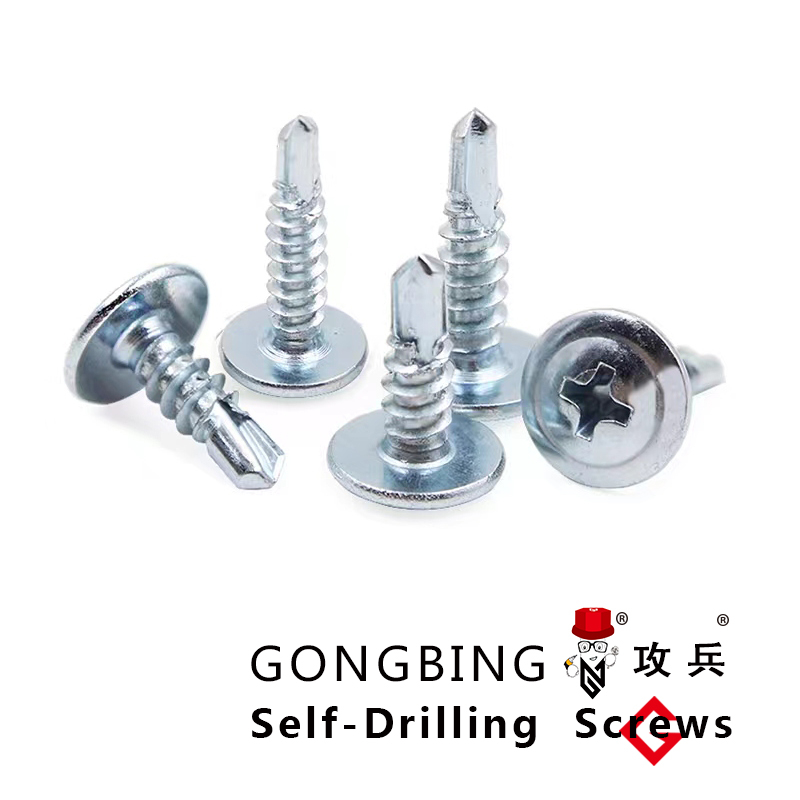Analysis of Shear Stud Pricing Trends and Market Influences
Understanding Shear Stud Prices A Comprehensive Overview
Shear studs are critical components used in various construction and engineering applications, particularly in the field of composite steel and concrete structures. These small yet vital pieces play a significant role in ensuring the structural integrity and stability of buildings, bridges, and other infrastructures. As the demand for shear studs continues to grow in the construction industry, understanding their pricing and the factors that influence it becomes increasingly important.
What Are Shear Studs?
Shear studs are cylindrical connectors typically made from high-strength steel. They are welded onto the surface of steel beams to create a composite action between the concrete and steel. This connection allows the beam to effectively carry loads by enabling the concrete to work together with the steel, thereby enhancing strength and stability. Shear studs are commonly used in composite slabs and bridges, where they help transfer shear forces between the concrete and steel elements.
Factors Influencing Shear Stud Prices
1. Material Costs The primary factor affecting shear stud prices is the cost of raw materials. As prices for steel fluctuate in the global market due to varying demand and supply conditions, the cost of shear studs is directly impacted. In recent years, the price of steel has experienced significant volatility due to geopolitical factors, trade tariffs, and changes in production levels.
2. Manufacturing Process The method used to manufacture shear studs also plays a crucial role in determining their cost. High-quality shear studs often require specialized manufacturing techniques and adhere to strict quality control standards. Processes such as cold heading and hot forming can influence production efficiency and, consequently, the final pricing of the product.
3. Thickness and Size Shear studs are available in various sizes and thicknesses, and their prices may vary accordingly. Standard sizes are typically less expensive due to mass production, while custom sizes or specifications may incur additional costs. Buyers often need to weigh the importance of sizing against cost when selecting shear studs for specific projects.
shear stud price

4. Market Demand Fluctuations in market demand for shear studs can significantly impact prices. An increase in construction activity or infrastructure projects typically leads to a surge in demand, driving prices higher. Conversely, during economic downturns when construction slows, prices may stabilize or decrease.
5. Location and Transportation Costs The geographic location of suppliers also influences shear stud prices. Proximity to manufacturing facilities can reduce transportation costs, while remote locations may incur additional expenses that are ultimately passed on to the consumer. Furthermore, shipping costs can vary based on fuel prices and logistical challenges.
6. Brand and Supplier Reputation Different manufacturers may charge varying prices for shear studs based on their brand reputation and the quality assurance associated with their products. Established brands that provide guarantees or have a longer track record may command higher prices due to perceived quality and reliability.
Current Trends in Shear Stud Pricing
As of 2023, the shear stud market is witnessing several trends that buyers and industry professionals should be aware of. The rise in sustainable construction practices is pushing more companies to seek eco-friendly materials, potentially influencing the types and prices of shear studs available in the market. Furthermore, advancements in manufacturing technology may lead to more efficient production methods, which could stabilize or lower prices over time.
Conclusion
In conclusion, shear studs play an essential role in modern construction, and their pricing can be influenced by a multitude of factors ranging from raw material costs to market demand. As the construction industry evolves and adapts to new challenges and technologies, understanding the implications of shear stud pricing will be crucial for project managers, engineers, and architects. By staying informed about market trends and supplier options, stakeholders can make strategic decisions that balance quality, reliability, and cost-effectiveness in their projects.
-
Weatherproof Plastic Expansion Anchors for OutdoorNouvèlJun.06,2025
-
Sustainability in the Supply Chain: Eco-Friendly TEK Screws ProductionNouvèlJun.06,2025
-
Load-Bearing Capacity of External Insulation FixingsNouvèlJun.06,2025
-
Double Head Bolts: Enhancing Efficiency in Industrial MachineryNouvèlJun.06,2025
-
Corrosion Resistance in Chipboard Screws: Coatings for Wholesale DurabilityNouvèlJun.06,2025
-
Butterfly Toggle Bolts : Enhancing Structural ResilienceNouvèlJun.06,2025
